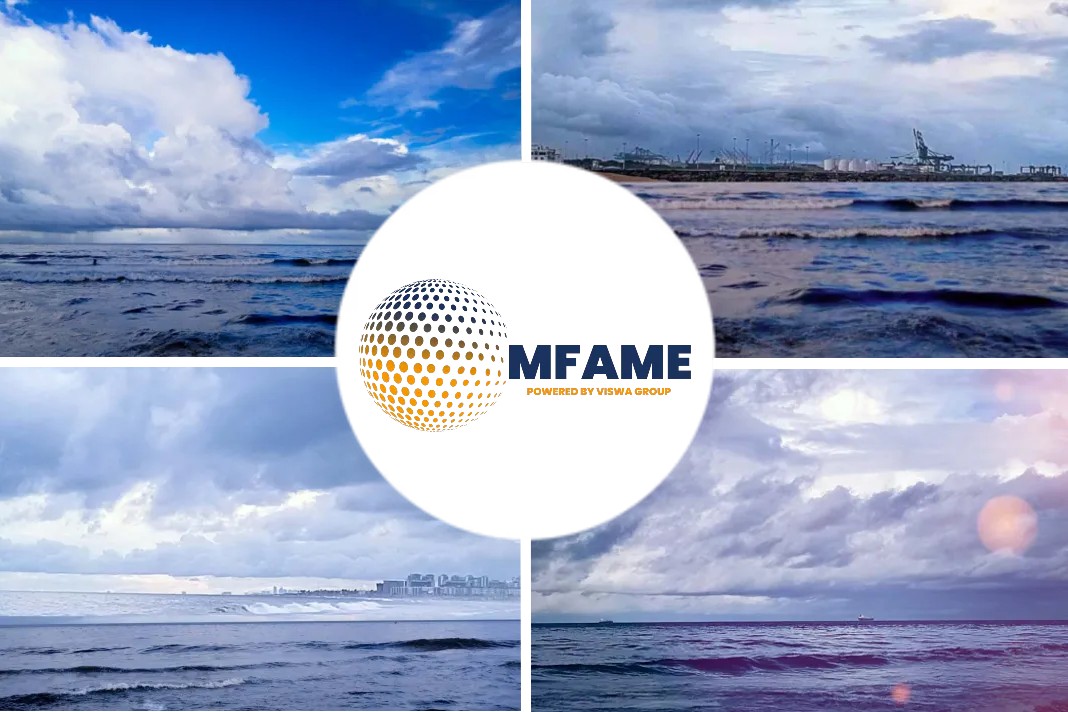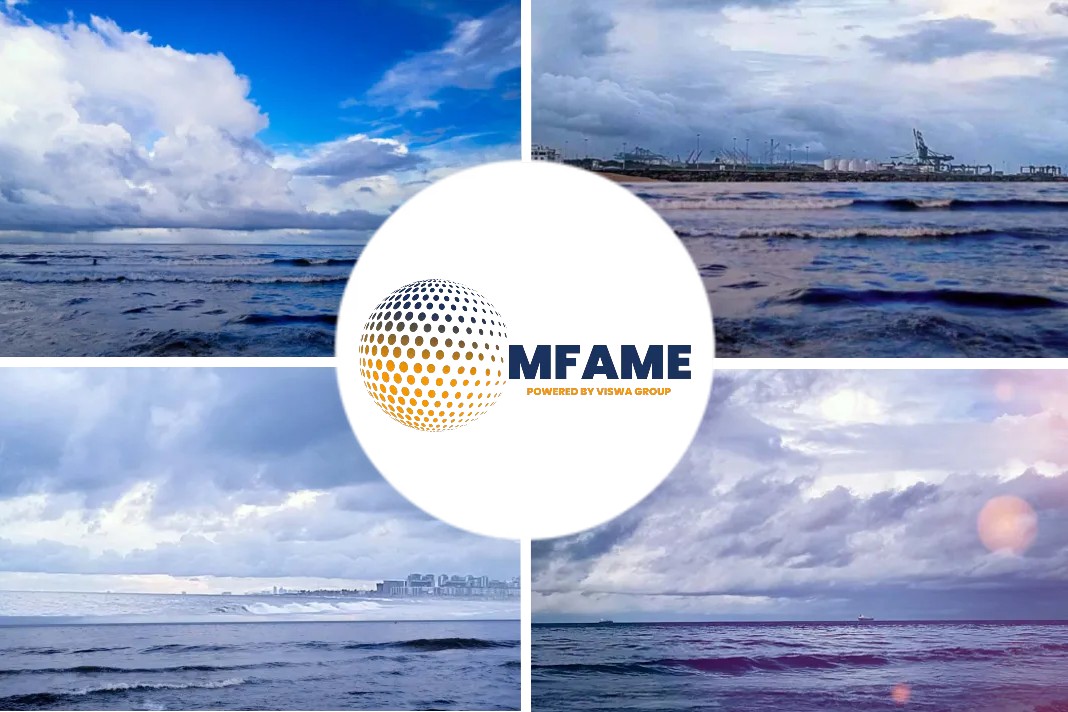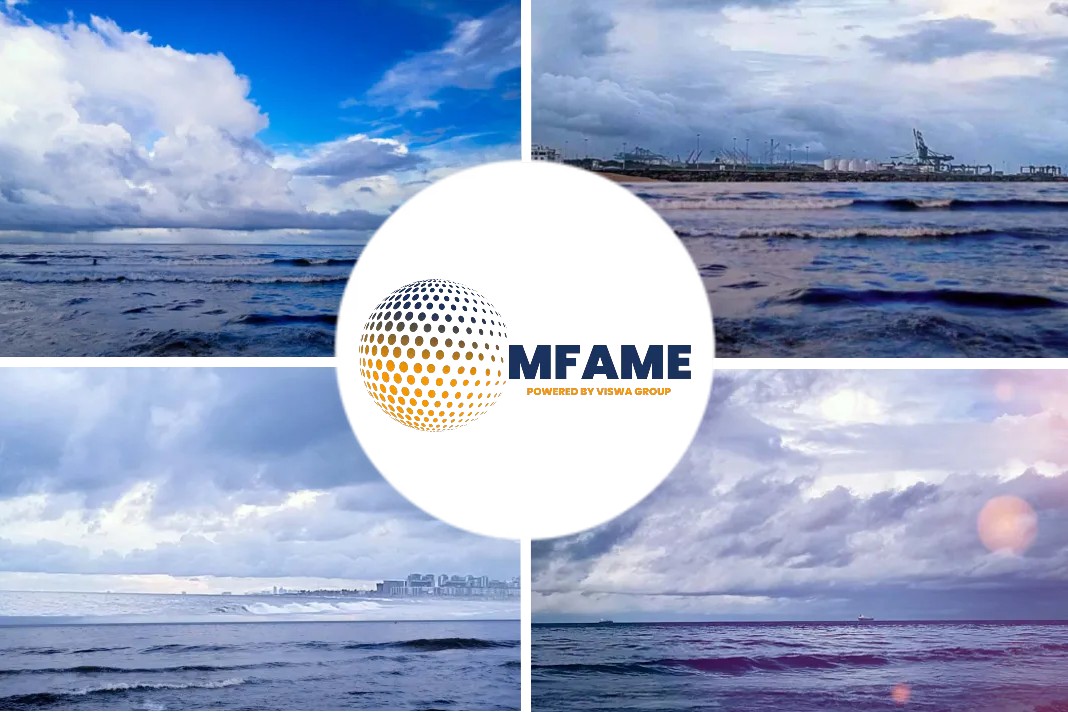- There has been progress within the maritime and shipping sector in creating a digital maritime ecosystem that is in the early stages of addressing data platform interoperability.
- Current trends suggest pursuit of common standards to facilitate API development and data set communication.
- Smart containers are proving to be an important building block, particularly as they provide data and information in near time.
- Data being shared includes cargo location, temperature, and journey data.
- Data standards allowing common communication is therefore an essential building block for the BCO.
Is China splitting smart supply chains into two digital ecosystems, asks Andre Wheeler in his article written for the Splash 247.
Digital maritime ecosystem
There has been progress within the maritime and shipping sector in creating a digital maritime ecosystem that is in the early stages of addressing data platform interoperability.
The focus on the development of a common set of data communication standards would enable development of functional APIs, allowing seamless data exchange.
However, recent geopolitical tensions, not just between the US and China, but between China and other nations as a response to Covid-19 is raising an interesting dilemma.
Current trends
Current trends are suggesting that the pursuit of common standards to facilitate API development and data set communication is morphing into debate around an emerging two parallel systems and associated digital ecosystems.
This was hinted at in a recent article. There are now clear indicators that this dilemma is growing.
Unfortunately, this is being played out just as the maritime sector recognises the broader ‘maritime ecosystem’ as opposed to the previously ‘port ecosystem’.
Adoption of global multimodal standards allows all players along the supply and logistics chain to reap maximum benefits.
This transition within the shipping sector to common data standards to improve interoperability brings commercial scalability to IoT networks.
However, focus on the benefits is masking the geo-political divide in application.
Failure to recognise this emerging dilemma may result in choked supply chains and intermodal transport networks.
Smart containers
Data being shared includes cargo location, temperature, and journey data.
- Smart containers are proving to be an important building block, particularly as they provide data and information in near time.
- The Digital Container Shipping Association (DCSA) has published a new set of IoT connectivity standards that has progressed radio interoperability gateways across ports, terminals and other third parties.
- With progress in common data communications standards there is greater visibility of cargo movement.
Beneficial cargo owners
Importantly, access to this information allows the beneficial cargo owners (BCO) to better plan and optimize operations as they have greater accuracy around ETA’s as well as the condition of the cargo.
The benefits to the BCO is obvious as it takes away the guess work as to who / what is responsible for cargo at a specific point in time, as well make timely decisions to correct transit issues as they arise.
Creating this situational awareness is essential to empower traffic management, particularly for the BCOs who deal directly with last and first mile delivery through multiple modes of transport.
Data standards allowing common communication is therefore an essential building block for the BCO.
However, they need alerts and messages to flow automatically with their own IT system irrespective of operator or IoT platform.
They need one interface that will allow optimisation of the supply chain.
With smart solutions having significant benefits, why is there a divide emerging?
As logistics and supply chain increasingly digitizes, there is a growing reliance on the global internet and associated IT infrastructure. Whether it is the 400 submarine cables or 5G wifi base stations, access to these data highways is vital for smart platform development. However, access is increasingly being made more difficult.
The primary issue being raised has to do with data integrity and cybersecurity. With international faith in China as a good corporate citizen wanes, concerns are now being raised as to what IoT technology is to be used as well as data storage and ownership.
There is now proper debate around the protocols that need to be in place before data can be shared.
This is resulting in a duality in digital smart ecosystems, one built around Western standards whilst the other ecosystem is being built around China’s BRI.
Global data hub
Developments suggest that the issue is escalating at pace. The Pacific Light Cable Network was meant to see Hong Kong serve a global data hub that would meet exponential growth in bandwidth requirements.
This cable, announced in 2016, is experiencing major difficulties, with the US Justice Department in June, blocking approval to the Hong Kong connection and suggesting that it would be in the national interest to use the cable’s Taiwan and Philippines spurs.
With the Peng Group acquiring Pacific Light, it stated that the cable was in line with the BRI plan to build global influence through infrastructure.
Compounding concerns was the statement out of Beijing that China needs to optimise the laying of submarine cables and extend its influence under the BRI.
It appears that is the landing station that is of more concern than the cable itself. Whilst they are connected, the large bandwidth required for smart port / city / supply chain will not be forthcoming.
China’s BRI
The importance of common standards has not been lost on China’s BRI. Initially developing a cost-effective track and trace system through the BeiDou satellite system (BDS) and rolling it out along the BRI, it broke reliance on the US GPS Navstar satellites or European Galileo programmes.
BDS, as part of the Digital Silk Road, is now entrenched in many BRI-aligned countries. Developing nations are dependent on the BDA and any attempts to withdraw from BDS would have significant consequences for those that rely on subsistence agriculture.
Whole of transport ecosystem
The BRI is now focusing on a ‘whole of transport ecosystem’ that will use 5G capability to co-ordinate all transport corridors, including the port. It looks to integrate, and share data required to better plan and optimise logistics along entire supply chains, whether it be by land, water, or air.
The plan is that by 2025 there will be fully digitally integrated movement of goods and services along the BRI trade network. There has been progress in this endeavour along many fronts.
Recently there has been a strategic alliance between China Merchants Port Group, Alibaba and Ant Financial that will integrate 41 ports and 25 other countries with logistics companies, customs, contactless export / import transactions.
BRI ambitions
- China has recognised that global technology standards are the barrier to achieving its BRI ambitions.
- This is being addressed by the implementation of China Standards 2035, an initiative tasked with writing global standards for next generation technology.
- It will set the tech specifications on how technologies work interoperably. Focusing initially within China, the plan is a coordinated standard applied across global markets.
- China wants to set the global standards for the likes of 5G, IoT and AI. These standards will align with other industrial policies such that China becomes the global leader in high tech innovation.
However, what these plans fail to recognise is that standards are driven by industry groups and set by industry bodies. They are consensus and rules based, not centrally imposed.
Smart marine ecosystem
This suggests that global trade will have two sets of technology standards, one to suit China’s BRI and the other built around industry requirements. This divide could well mean that companies who want to trade with China and others, will need two technology platforms. Integrating these platforms will make for the smart maritime ecosystem of the future – however cyber security and data integrity concerns suggest that there is a long road ahead.
Did you subscribe to our daily newsletter?
It’s Free! Click here to Subscribe!
Source: Splash247















